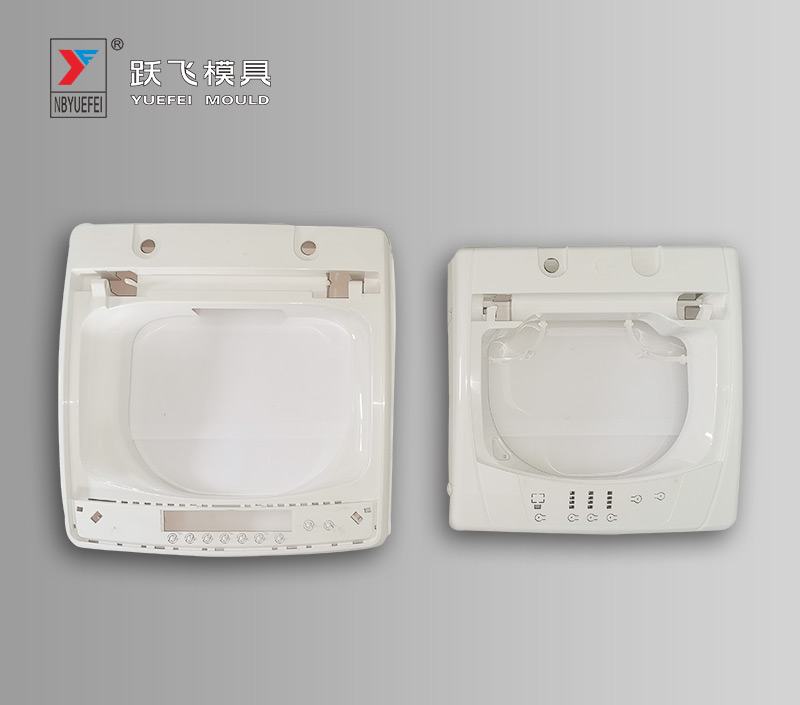There are many factors affecting the quality of mold parts, such as the type and quality of the die casting machine, the rationality of the geometric structure and technical requirements of the die casting, the structure of the mold and the technical level of the operator. Under certain circumstances, the cutting allowance can be left less, in order to prolong the life of high-quality mold parts and tools.
1. Rationality of accessory design
Designers should first fully understand the user's use requirements, working conditions, and die-casting force, and then select appropriate materials according to the use requirements and working environment to understand the die-casting properties of the material. In the design of mold parts, special attention should be paid to the premise of meeting the requirements of use, and the die-casting structure should be made as simple as possible. The wall thickness is appropriately uniform and leaves the necessary mold slope, otherwise it will lead to pits, pores, shrinkage, underpressure, stretch marks, cracks, deformation and other defects on the casting. The requirements for dimensional accuracy of castings should be reasonable, otherwise it will bring unnecessary trouble to mold design, mold processing, formulation and management of process conditions, and will result in a large number of substandard products.

2. Mold structure, machining accuracy and mold material selection
Die casting is closely related to product quality such as die casting, mold design, processing, and mold material selection. The mold structure is unreasonable, and it is difficult to make the product qualified no matter what measures are taken from the process of the mold parts. In addition, the mold material, mold machining accuracy, surface roughness, machining traces, heat treatment small cracks, nitride layer thickness and mold assembly of mold parts that are resistant to heat and wear will affect product quality and mold life.
3. Shrinkage rate of accessories material
The shrinkage of the casting material, generally in the form of an average percentage or a percentage with a certain range of variation, the average shrinkage of the material is usually selected. For the design of high-precision die castings and molds for mold parts, special attention should be paid to the selection of material shrinkage. If necessary, the mold can be tested first, the required data can be obtained in the test mold, and then the production of large molds designed and manufactured quantity.


 English
English 简体中文
简体中文 Español
Español Deutsche
Deutsche















